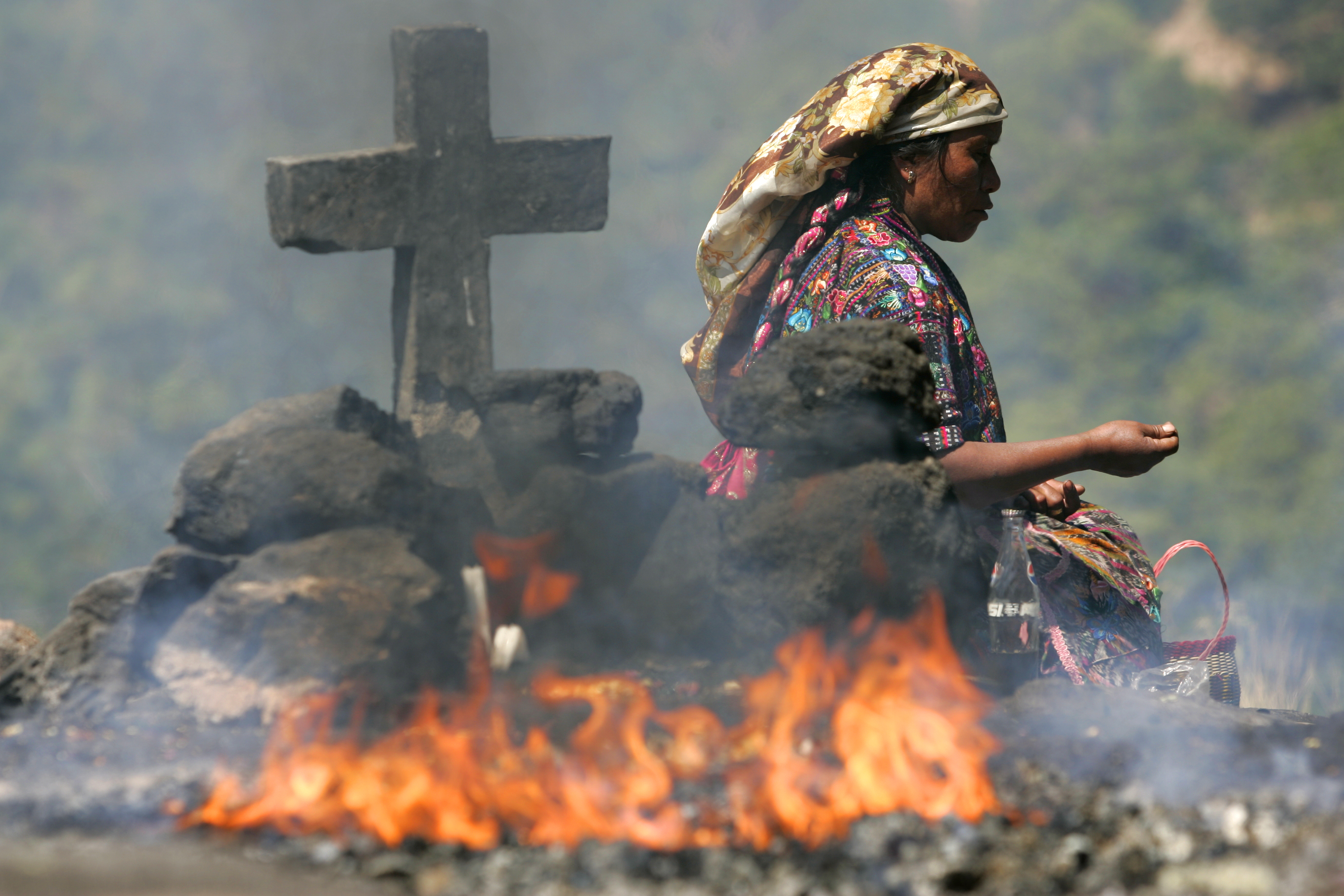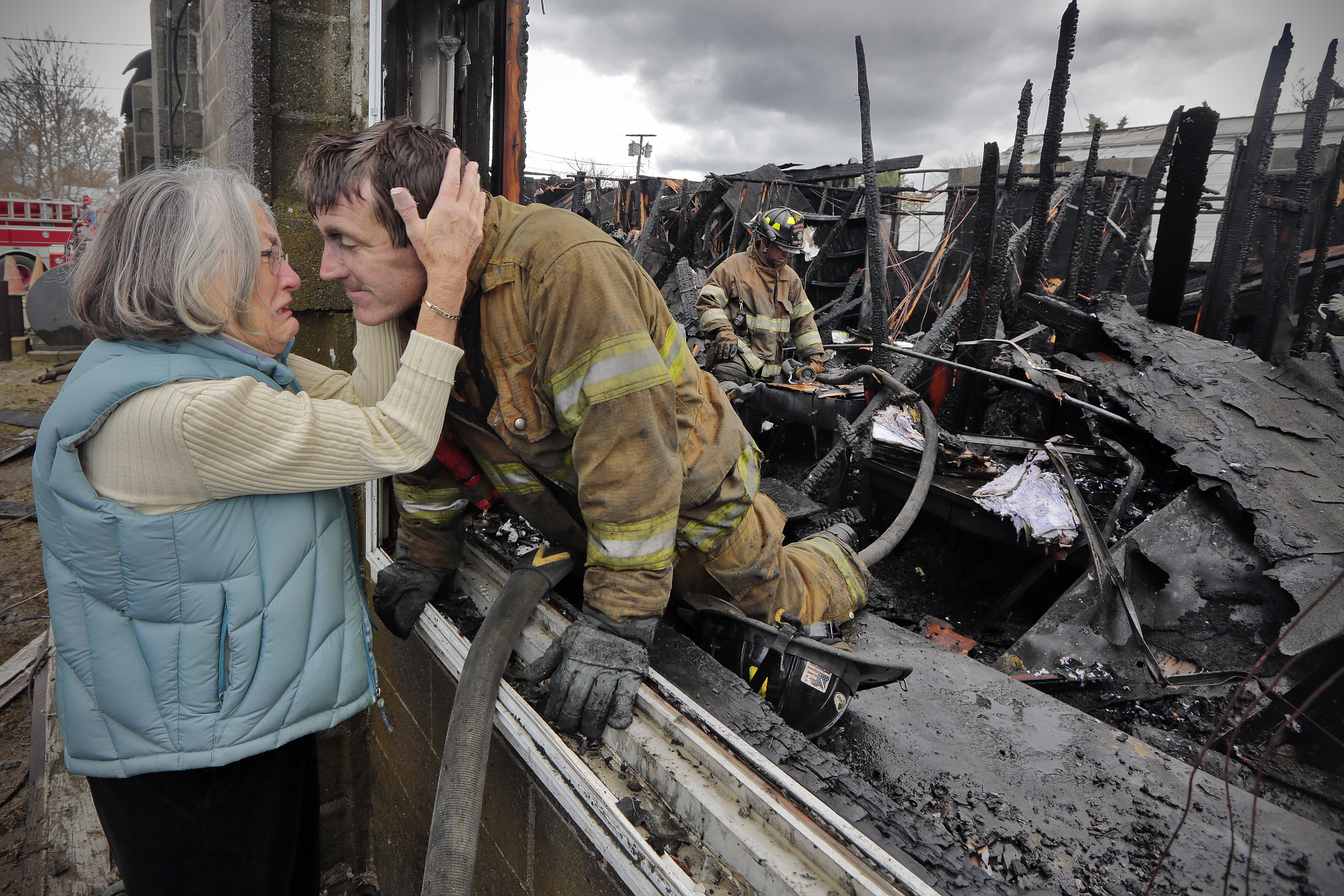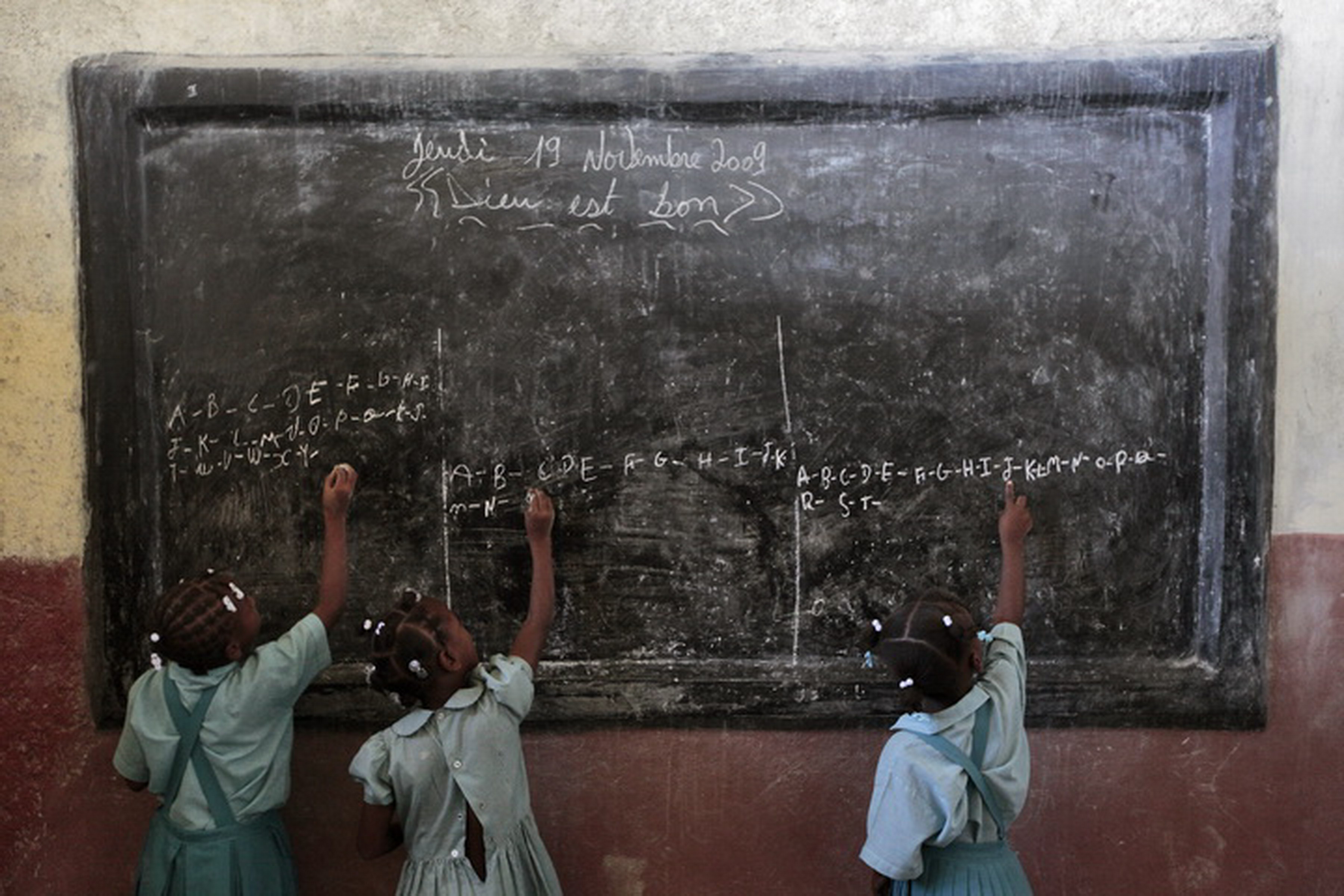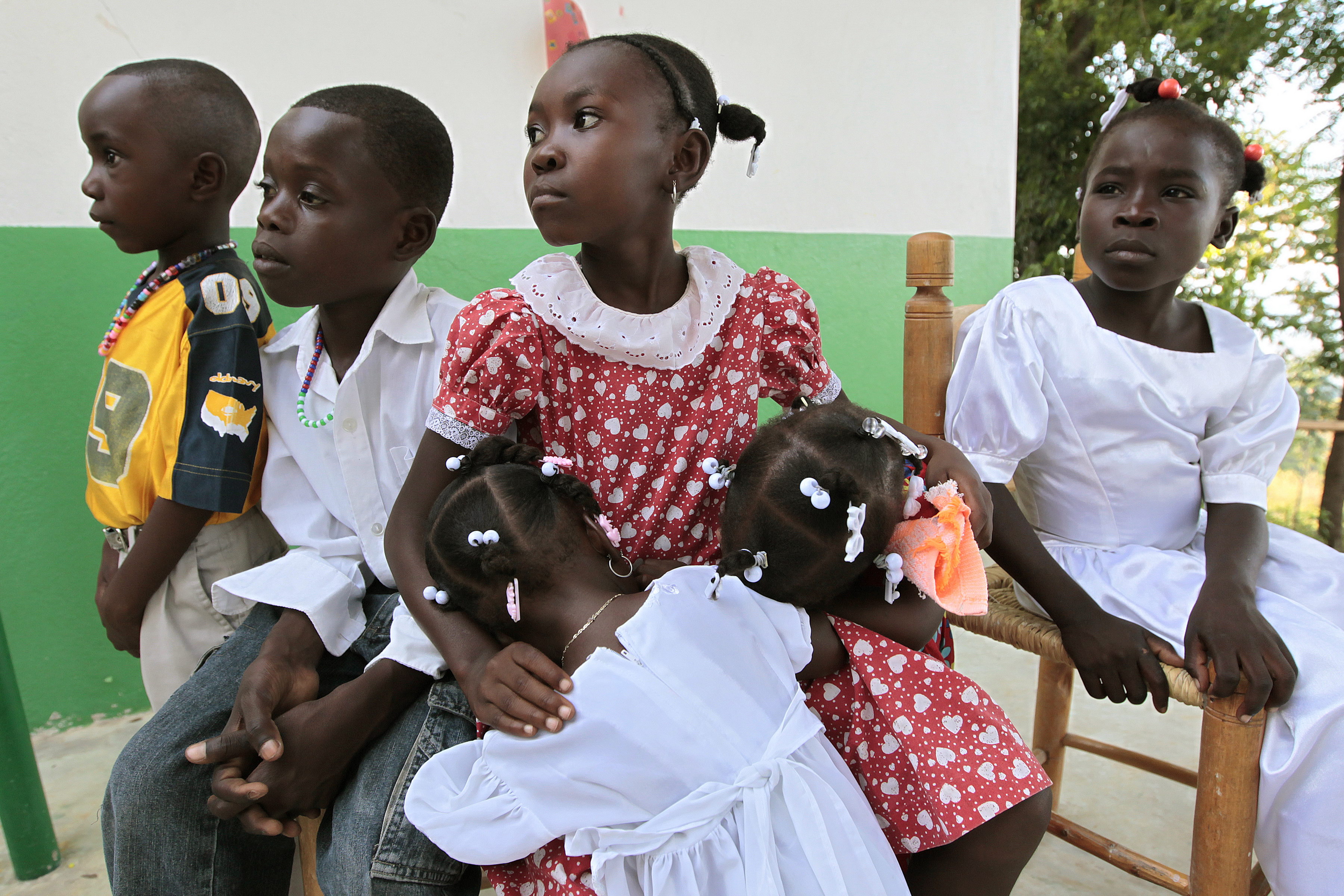Peter Pereira
New Bedford, MA
Award-winning photographer Peter Pereira from New Bedford, MA, was educated to make computers run, but he was born to make people think.
His images have graced the pages of Time, Newsweek, US News and World Report, Vogue (Australia), New York Times, Wall Street Journal, Los Angeles Times, Washington Post, USA Today, The Observer(UK), Le Monde, Boston Globe, Courrier International, International Herald Tribune, Harvard Magazine, News Photographer Magazine, Outdoor Magazine, Shutterbug Magazine, MSNBC.com, CNN.com, ABCNews.com, FoxNews.com, CNN Anderson Cooper 360, and various other international media outlets.
Website: PeterPereira.com
email: pereiraphoto@gmail.com


A Mayan ritual is performed atop the Cerro Pascual Abaj (Sacrifice Stone) a shrine to the Maya earth god Huyup Tak'ah. This shrine is said to be hundreds, perhaps thousands of years old. The hilltop is high above Chichicastenango, Guatemala. Mayan religious practices have been retained while the vast majority of the population of the Quiche region in Guatemala is now Christian.
I have traveled the world in the hope of bringing to light those aspects of the human condition which are sometimes forgotten.
Working in a medium which requires no translation, as a photojournalist I try to bring my audience to places and situations I feel are important. Situations that define us as human.
 An emotional Ruth Nicolaci sees her son G. Bourne Knowles for the first time since learning that the business that she started with Mr. Bourne's father had caught fire. Lt. G. Bourne Knowles, who is a volunteer firefighter, was shocked when he was forced to fight a fire at his parents' business. A four-alarm fire destroyed the office building and greenhouses of the G. Bourne Knowles and Company landscaping company located on Huttleston Avenue in Fairhaven, MA.
An emotional Ruth Nicolaci sees her son G. Bourne Knowles for the first time since learning that the business that she started with Mr. Bourne's father had caught fire. Lt. G. Bourne Knowles, who is a volunteer firefighter, was shocked when he was forced to fight a fire at his parents' business. A four-alarm fire destroyed the office building and greenhouses of the G. Bourne Knowles and Company landscaping company located on Huttleston Avenue in Fairhaven, MA.
 A youngster tries to control his horse at the natural spring as others wash their clothes. The girls in the villages around Carrefour, Haiti are required to wash the families’ clothes along with gather water from the only well in the region. The boys will gather firewood. The well is over a 2-mile walk for some of the residents who make the trip daily.
A youngster tries to control his horse at the natural spring as others wash their clothes. The girls in the villages around Carrefour, Haiti are required to wash the families’ clothes along with gather water from the only well in the region. The boys will gather firewood. The well is over a 2-mile walk for some of the residents who make the trip daily.
 Kindergarten students write their ABC’s on the well work blackboard. Various grade levels attend the Church of Christ school in Saint Roch mountain. The classes are conducted in a concret building with a concrete floor. The 6th grade is conducted in the church. There is no public school system in Haiti.
Kindergarten students write their ABC’s on the well work blackboard. Various grade levels attend the Church of Christ school in Saint Roch mountain. The classes are conducted in a concret building with a concrete floor. The 6th grade is conducted in the church. There is no public school system in Haiti.
 Assistant harbormaster, Isaac Perry, uses a boat to break through the fresh layer of ice covering Marion harbor in Marion, MA as frigid conditions continue to hammer the easter United States.
Assistant harbormaster, Isaac Perry, uses a boat to break through the fresh layer of ice covering Marion harbor in Marion, MA as frigid conditions continue to hammer the easter United States.
 People from all over the world gather in front of the main pyramid at the Chichen Itza archeological site to witness the annual spring equinox where shadows on the edge of the pyramid steps turn into a serpent’s back. Some people believe that the pyramid has special powers and try to harness that energy with crystals, dancing or raising their hands toward the ancient monument.
People from all over the world gather in front of the main pyramid at the Chichen Itza archeological site to witness the annual spring equinox where shadows on the edge of the pyramid steps turn into a serpent’s back. Some people believe that the pyramid has special powers and try to harness that energy with crystals, dancing or raising their hands toward the ancient monument.

Oscar Rivas, 14, and Jefferson Beharano, 14, ring the church bells at 6:45pm calling parishioners to mass. They repeat this process 3 times in 10 minute intervals. Saint Rose Lima church in Guaimaca, Honduras. Religion plays a central part in every Hondurans life. Honduras is considered the third poorest country in the Western Hemisphere (Haiti, Nicaragua). With over 50% of the population living below the poverty line and 28% unemployed, Hondurans frequently turn to illegal immigration as a solution to their desperate situation. The US Department of Homeland Security has noted an 95% increase in illegal immigrants coming from Honduras between 2000 and 2009, the largest increase of any country.
 Youngsters from the surrounding countryside around Carrefour gather in front of the Saint Roch clinic to see if they will be sponsored by foster parents back in the US. Who for approximately $25/month will send the youngsters through school. An hour’s flight from the opulence of Miami is all it takes to reach the poorest nation in the Western hemisphere. The Republic of Haiti lies on the western-most part of the Caribbean island of Hispaniola which it shares with its larger neighbor the Dominican Republic. Haiti has been plagued by a turbulent past filled with political violence ever since Christopher Columbus landed there in 1492 and claimed it for Spain. Today more than 8,000 peacekeepers from the United Nations try to maintain civil order, but even they are not enough to keep the deadly violence from spilling onto the streets. With more than 80 percent of its population living in poverty, and two-thirds of its 10 million people unemployed, Haitians live day by day. High in the mountains above Carrefour exists a hidden community of people living on the fringes of survival.
Youngsters from the surrounding countryside around Carrefour gather in front of the Saint Roch clinic to see if they will be sponsored by foster parents back in the US. Who for approximately $25/month will send the youngsters through school. An hour’s flight from the opulence of Miami is all it takes to reach the poorest nation in the Western hemisphere. The Republic of Haiti lies on the western-most part of the Caribbean island of Hispaniola which it shares with its larger neighbor the Dominican Republic. Haiti has been plagued by a turbulent past filled with political violence ever since Christopher Columbus landed there in 1492 and claimed it for Spain. Today more than 8,000 peacekeepers from the United Nations try to maintain civil order, but even they are not enough to keep the deadly violence from spilling onto the streets. With more than 80 percent of its population living in poverty, and two-thirds of its 10 million people unemployed, Haitians live day by day. High in the mountains above Carrefour exists a hidden community of people living on the fringes of survival.
 The elephant trainers of Jaipur, India take their elephants from their homes and walk them to the more tourist friendly places of the city.
The elephant trainers of Jaipur, India take their elephants from their homes and walk them to the more tourist friendly places of the city.